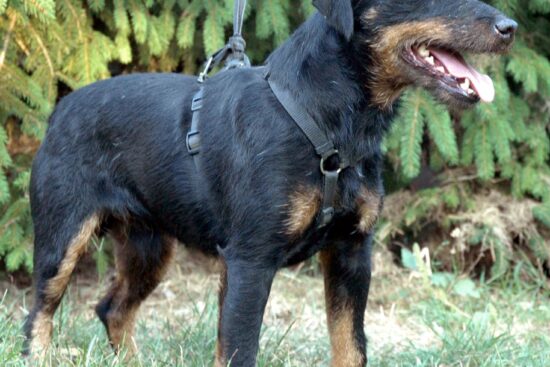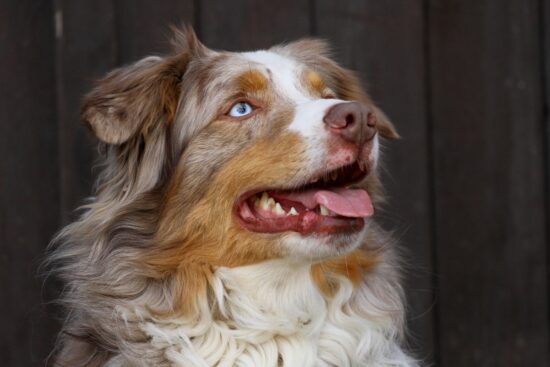
Leash training and loose leash walking are essential skills for any dog owner. A well-trained dog that can walk calmly on a leash not only makes your outings more enjoyable but also ensures the safety of both your furry friend and those around you. In this blog post, we’ll delve into the world of leash training and provide you with valuable tips to achieve that coveted loose leash walking behavior.
Understanding Leash Training
Leash training is the process of teaching your dog how to behave while on a leash. This training goes beyond just preventing pulling; it involves instilling discipline and creating a positive association with the leash. The goal is to have a dog that walks calmly by your side, responding to your cues and commands.
Step 1: Introduction to the Leash
Start by introducing the leash to your dog in a positive and non-threatening manner. Allow your pup to sniff and explore the leash before attaching it to their collar. This helps in creating a positive association and reduces any fear or apprehension.
Step 2: Basic Commands
Before hitting the streets, ensure your dog is familiar with basic commands like “sit,” “stay,” and “heel.” These commands lay the foundation for a successful leash training journey.
Step 3: Positive Reinforcement
Positive reinforcement is key to successful leash training. Reward your dog with treats, praise, and affection when they exhibit good behavior. This encourages them to associate walking calmly on the leash with positive experiences.
For more in-depth guidance on leash training techniques, you can check out this comprehensive guide on Positive Reinforcement Training.
Mastering Loose Leash Walking
Achieving loose leash walking, where your dog walks beside you with a slack leash, requires patience, consistency, and dedication.
Step 1: Choose the Right Equipment
Selecting the appropriate equipment can make a significant difference in your dog’s walking behavior. Opt for a well-fitted harness or a front-clip harness that discourages pulling.
Step 2: Be the Leader
Dogs are pack animals and naturally follow a leader. Establish yourself as the leader by leading the walk and setting the pace. This helps prevent your dog from assuming the lead and pulling.
Step 3: Start Slowly
Begin your walk in a quiet, distraction-free area to help your dog focus on you and the leash. Gradually introduce more challenging environments as your dog improves.
Step 4: Stop and Go
Teach your dog that pulling doesn’t get them where they want to go. When they start pulling, stop in your tracks. Once the leash is slack again, continue walking. This teaches your dog that pulling leads to a halt, while walking without tension leads to progress.
For more insights into mastering loose leash walking, you can explore this informative article on How to Teach Your Dog Loose Leash Walking.
Conclusion
Leash training and achieving loose leash walking are attainable goals with the right techniques and consistent effort. Remember that every dog is unique, and some may require more time and patience than others. By employing positive reinforcement, establishing yourself as the leader, and using effective techniques, you can transform your dog’s walks into enjoyable and stress-free experiences for both of you.
So, gear up with the right equipment, arm yourself with knowledge, and embark on a leash training journey that will enhance the bond between you and your four-legged companion. Happy walking!
Additional Resources:




















